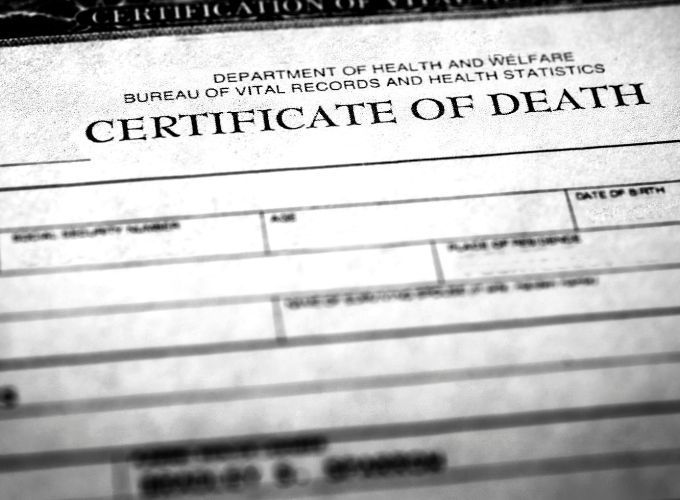Articles Of Interest
Are You An Insurance Beneficiary?

In mid-April, insurance giant MetLife reached a multi-state settlement with insurance regulators, who accused the company of delaying or denying death benefit payments to policyholders. The settlement came after a year-long investigation into MetLife’s practices and resulted in MetLife paying $500 million to designated beneficiaries.
According to the investigation, MetLife failed to thoroughly use the Social Security Administration’s database to make prompt payments to survivors. Regulators in states that included Pennsylvania, California, Illinois, North Dakota and several others concluded that when MetLife was made aware that a policyholder had died, the company often did not make payments to listed beneficiaries or even contact them. In some cases, where benefits went unclaimed for several years, MetLife did not forward funds to the states’ controllers’ offices, as required by law.
This settlement emphasizes the need to be informed and fully understand what insurance policies are in place and who is designated as beneficiary. Not only should you be aware of what policies exist, but you also need to know how to submit the necessary forms and collect any benefits that are due to you. Many of the individuals affected in the MetLife case were able to be taken advantage of simply because they didn’t even know they were a beneficiary in someone else’s insurance policy.
The first step is to determine if there are any life insurance policies that were in effect at the time of death. Keep in mind that some policies may not have been purchased directly by the deceased. Insurance coverage may have been provided in conjunction with a traveler’s club membership, health insurance plans, fraternal organizations or a credit card company. In addition, you should contact current or past employers to determine if there were any policies written through the company.
In order to confirm the existence of a policy, it is important to review the deceased’s personal papers and checkbook records which may reveal copies of policies or payment records. Once you confirm the existence of a policy, you should contact the insurance agent or the company for help in filling out the necessary paperwork and confirming the insurance benefits. Unfortunately, some insurance policies may have been written long ago under a company who is no longer in existence or now operating under a new name.
There are several organizations that can assist you in locating a missing policy. The Pennsylvania Insurance Department will answer consumer’s questions about policies. Their website www.insurance.state.pa.us/dsf/gfsearch.html includes contact information for all companies licensed in Pennsylvania. You can also contact them via their toll free number, 877-881-6388 or visit their regional office in Strawberry Square, downtown Harrisburg.











